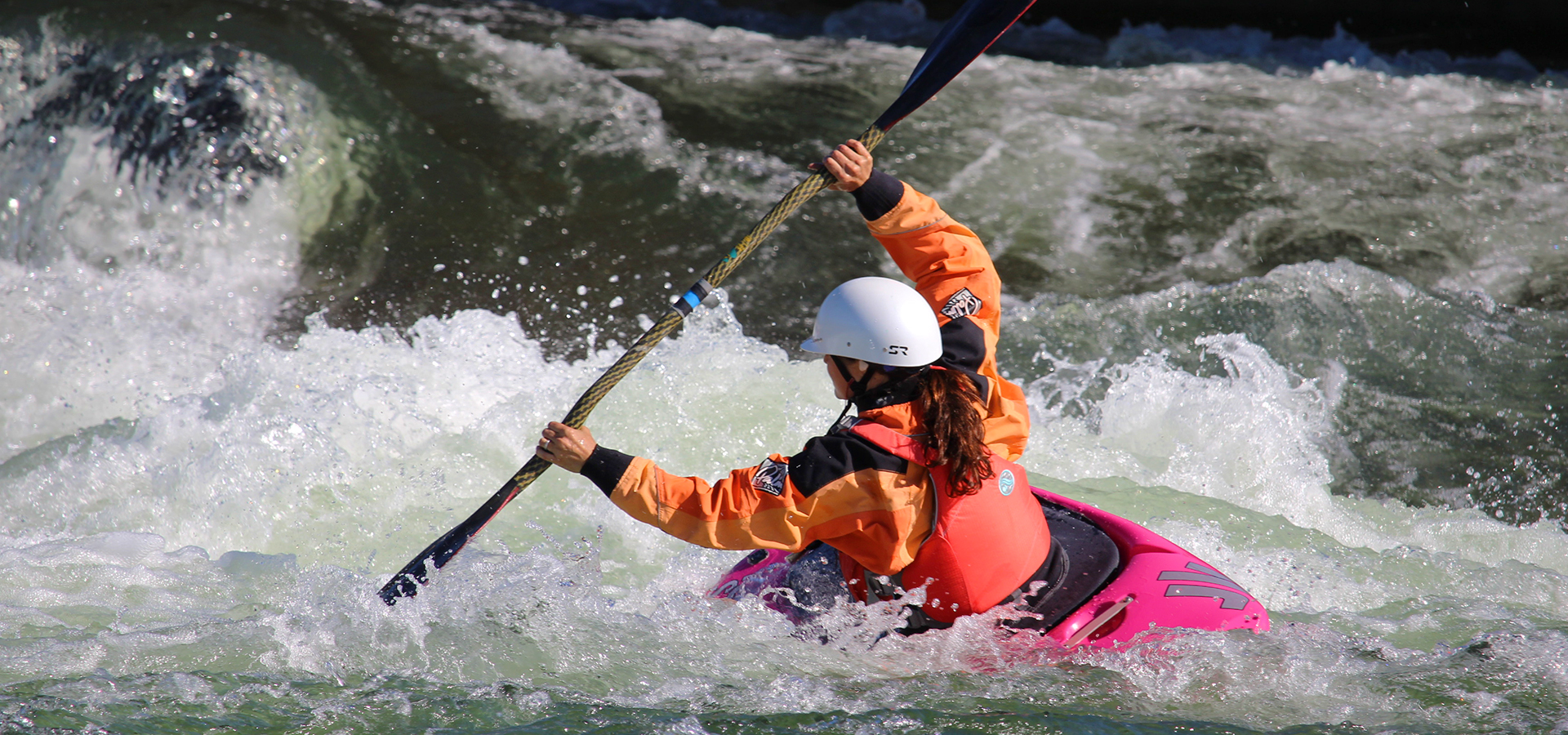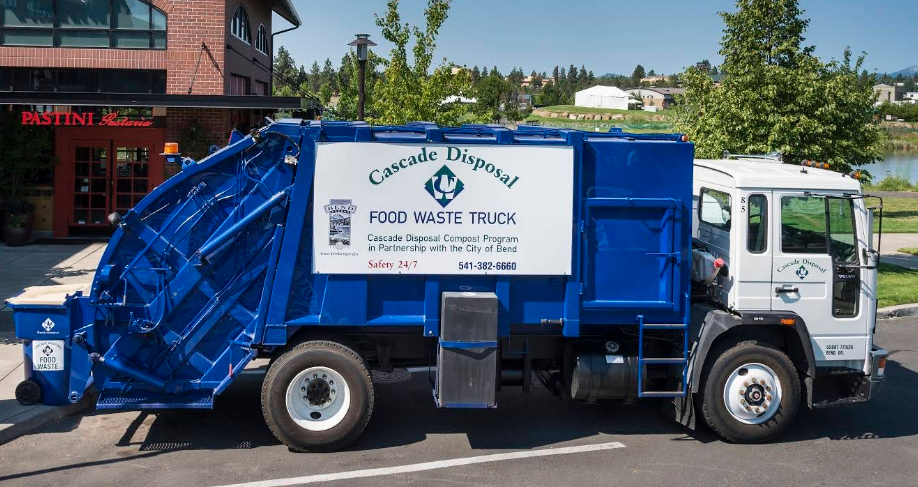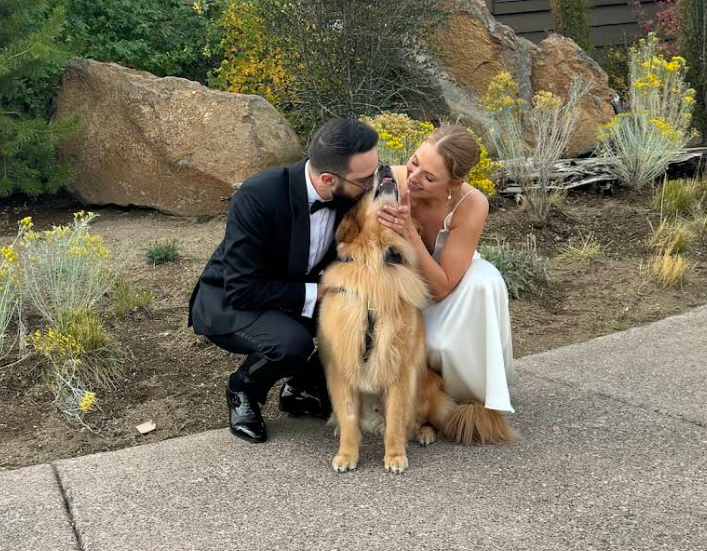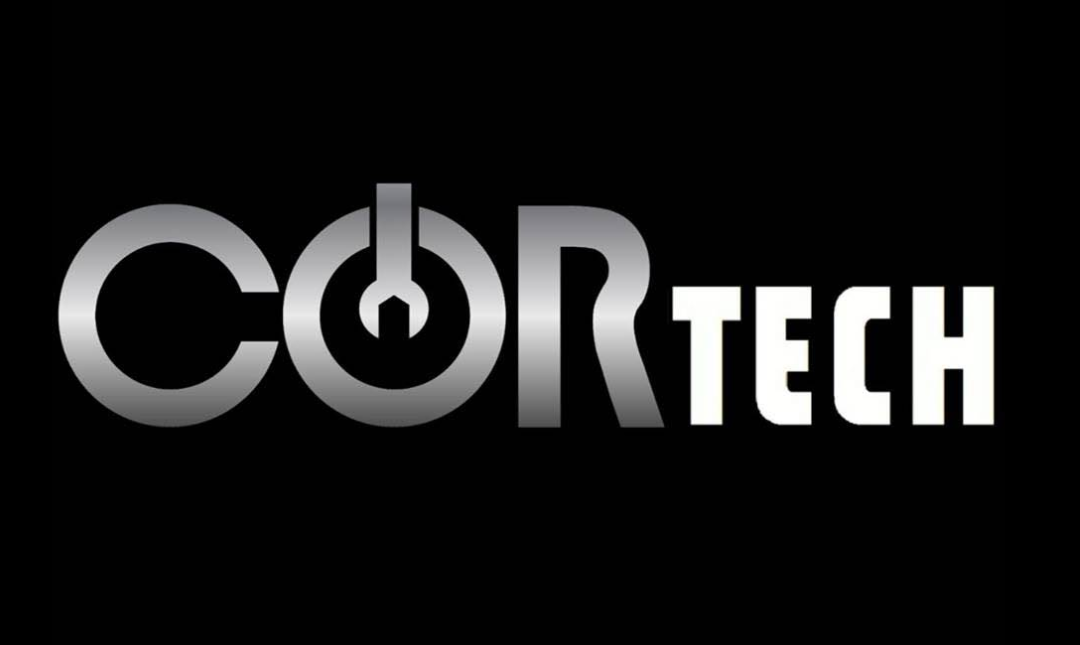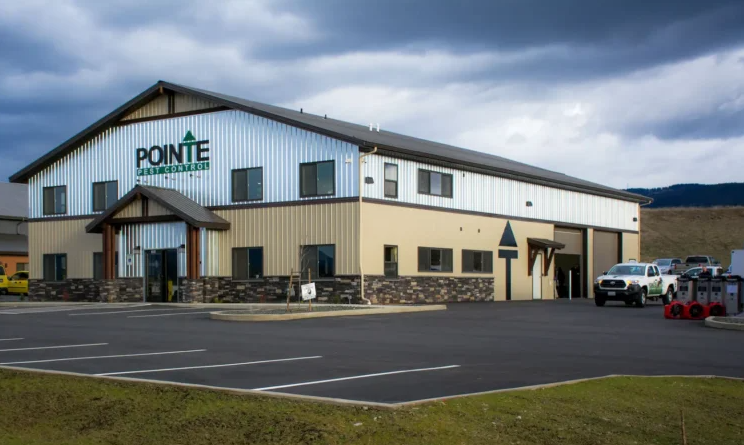Visiting Bend Whitewater Park, located within the Bend Park and Recreation District (BPRD) in Bend, OR, offers an experience that combines the thrill of outdoor adventure with a profound appreciation for the natural environment. As I stood on the riverbank, watching kayakers navigate the waves and families drift gently through the rapids, I realized this park is much more than a place to play- it’s a carefully crafted space where recreation and conservation coexist.
The park’s unique design reflects the community’s commitment to making the Deschutes River accessible and safe for all, while protecting the river’s delicate ecosystems. Whether you’re seeking the rush of whitewater or a peaceful float with loved ones, Bend Whitewater Park provides an inviting setting that celebrates both the power and the beauty of the river flowing through the heart of Bend.
The Vision and Creation of Bend Whitewater Park
The story of Bend Whitewater Park, located in the Bend Park and Recreation District (BPRD) in Bend, OR, begins with a challenge. Before the park’s development, the Colorado Avenue dam posed a serious hazard for river users and blocked the passage of migratory fish. Floaters and paddlers had to exit the river to avoid dangerous understructures, making this stretch of the Deschutes both inaccessible and unsafe.
In 2007, a partnership between Bend Park and Recreation District and the Bend Paddle Trail Alliance set out to change that. Through years of planning, community fundraising, and support from a 2012 bond measure, the vision began to take shape. By 2015, the park opened to the public, transforming a hazardous obstacle into a vibrant center for recreation and conservation.
What I find most inspiring is the park’s dual mission: to expand recreational opportunities while enhancing river health. The project removed life-threatening debris, improved fish passage, and created new habitats- all while welcoming more than 230,000 visitors in its first few years.
Three Channels, Three Experiences
Bend Whitewater Park is ingeniously divided into three channels, each offering a unique experience and serving a distinct purpose.
The Fish Ladder is the go-to for families and those seeking a gentle adventure. Floating down this channel, I felt the playful bumps of rapids, enough to make it exciting, but not overwhelming. For those with young children or anyone preferring calmer waters, there’s an easy exit to McKay Park, where you can re-enter the river and continue your float.
The Whitewater Channel is where the action intensifies. This center channel features four engineered wave designs, catering to a range of enthusiasts from beginners to experts in whitewater. Watching kayakers and surfers carve through the waves, I was reminded of how the park caters to both skill development and pure adrenaline. This channel serves as a training ground and playground, attracting athletes from across the region.
The Habitat Channel stands apart as a sanctuary. No public access is allowed here- this area is reserved for the river’s wildlife. As I observed from the bank, I appreciated how the park’s design strikes a balance between recreation and ecological responsibility. The channel supports important local and migratory species, including the threatened Oregon spotted frog, highlighting the park’s commitment to stewardship.
Accessibility, Safety, and Community Spirit
One of the most impressive aspects of Bend Whitewater Park, located in the Bend Park and Recreation District (BPRD) in Bend, OR, is its accessibility. Located at 166 SW Shevlin Hixon Dr, the park is easily reached on foot, by bike, or by public transit from downtown Bend. Free parking is available nearby, and amenities such as restrooms and changing areas make it comfortable for visitors.
Safety is a top priority. The park is designed with clear signage and designated areas for different skill levels. While there are no lifeguards on duty, visitors are encouraged to assess the conditions, wear appropriate gear, and be aware of their limits. The park’s information resources provide up-to-date details on water flow and temperature, ensuring that everyone can make informed decisions before heading out on the water.
Community events and competitions are regular features at Bend Whitewater Park. These gatherings foster a sense of camaraderie and shared passion among paddlers, surfers, and spectators. Whether you’re participating or simply watching from the bridge or McKay Park, the atmosphere is always vibrant and welcoming.
Conservation and River Health
What sets Bend Whitewater Park apart is its unwavering commitment to river health and conservation. The creation of the Habitat Channel and the removal of hazardous dam structures have significantly improved conditions for fish and other wildlife. The park serves as a model for how urban recreation and conservation can coexist, enhancing both the natural environment and the community’s quality of life.
Educational signage throughout the park informs visitors about river stewardship and the importance of protecting these vital habitats. As I learned about the threatened species that now thrive here, I felt a deep respect for the visionaries who made this park possible, and for the ongoing efforts of Bend Park and Recreation District and its partners.
Reflecting on my experiences at Bend Whitewater Park in Bend Park and Recreation District (BPRD) in Bend, OR, I am reminded of the power of community-driven innovation. This park is more than just a place to play – it’s a living example of how recreation, safety, and environmental stewardship can come together to create something truly remarkable.
Every visit offers something new, whether it’s the thrill of the rapids, the serenity of the riverbanks, or the inspiration drawn from watching people and wildlife coexist in harmony. Bend Whitewater Park stands as a beacon for what’s possible when a city invests in both its people and its natural resources. For anyone seeking adventure, connection, or a deeper appreciation for the outdoors, this park is a destination that delivers, season after season, year after year.
Sources: bendparksandrec.org, Bend Park and Recreation District Facebook Page
Header Image Source: bendparksandrec.org

